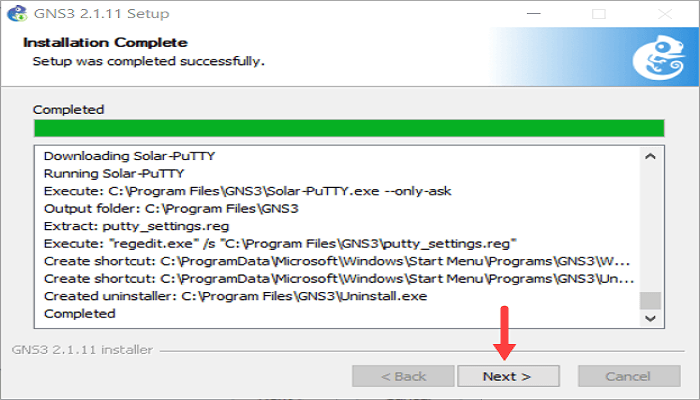Starting with the video,

Continuing with the road-map and the correspondent steps
Due to a planned power outage, our services will be reduced today (June 15) starting at 8:30am PDT until the work is complete. We apologize for the inconvenience. May 04, 2015 3 programs for 'gns3 1.3.x'. 20 open tabs to diagnose an incident? Forget tab switching, data silos, or missed connection. Now you can connect all your systems, metrics, logs, and traces on one platform. Put all your data from any source in one place, so all your teams can see everything in context, collaborate more easily,. Installing GNS3 1.3.3 on Ubuntu 15.04Please find all the code in this video, in this blog postyou like this video, Please cl.
Looks like you're using an older browser. To get the best experience, please upgrade. UPGRADE MY BROWSER. An unexpected error has occurred. Error Message: Unexpected token G in JSON at position 0 Report Feedback Return to Home page.
1- Install iouyapsudo apt-get install git bison flex
git clone http://github.com/ndevilla/iniparser.git
cd iniparser
make
sudo cp libiniparser.* /usr/lib/
sudo cp src/iniparser.h /usr/local/include
sudo cp src/dictionary.h /usr/local/include
cd ..
git clone https://github.com/GNS3/iouyap.git
cd iouyap
make
sudo make install
2- Install vpcs
sudo apt-get install vpcs
3- Add IOU virtualbox image
-Change hostname
-Config static IP
-Add 2nd Interface
-Edit Sources.List
-Install Python2.7
4-Connecting IOU VM to GNS3
5-Running and Testing the new setup
Finally, Please note that the .iourc file has been uploaded with the correct type later on before continuing with the vid.
Dynagen and its complementary GUI GNS3 provide the very handy ability to capture traffic sent between emulated devices. Packets are written to a capture file on disk, which can then be opened with a packet analyzer like Wireshark. The only downside to this is that the traffic does not appear live in the analysis application; the capture buffer is populated only with the pakcets which have been recorded up to that point.
In Wireshark, the contents of a capture file can be refreshed by pressing Ctrl+R, but this requires tedious manual intervention and navigating to the end of the buffer every time. After taking a clue from the Wireshark wiki I was able to modify the way in which Wireshark reads capture files generated by Dynagen/GNS3 and achieve a near-real-time view of the traffic, as if it was being sniffed from a physical interface. My solution should work on all UNIX-like systems (e.g. Linux), but Windows users will have to look elsewhere.
Gns3 1.3.3 All In One
The trick is to continuously dump the capture file being written by Dynagen to standard output, which can be fed to Wireshark as standard input. Open the preferences dialog in GNS3 (Edit > Preferences...) and select capture preferences. Modify the default Wireshark command from /usr/bin/wireshark %c to read as follows. (Thanks to e36freak in #bash on Freenode for assistance manipulating the shell command to work in GNS3!)

Also, check the option to automatically start the command when capturing.

Gns3 1.3.3 Download
Gns3 1.3.3
Here's how the command works: The tail executable with the -f argument constantly outputs the content of the capture file as it is written. The --bytes=+0 bit instructs tail to begin from the first byte of the file. (This part is optional, but recommended to avoid 'unknown libpcap format' errors in Wireshark.) The output of tail is piped to Wireshark. Wireshark's arguments instruct it to begin capturing immediately from standard input.
Now, Wireshark should start immediately after selecting a capture interface and its capture buffer should be updated nearly in real-time. Tail introduces a ~1-second delay, which can be tweaked with the -s argument if desired.
You might receive an error indicating that the capture file 'is empty, no traffic captured on the link.' This simply means that no packets were captured in the time between initiating the capture and starting Wireshark. Right-clicking on the interface in GNS3 again and selecting 'Start Wireshark' a moment later should resolve it (assuming there is traffic flowing across the interface being captured).
Gns3 1.3 3 Download
The solution described here will also work using Dynagen alone: Simply execute the command above by hand, substituting %c with the appropriate file name.